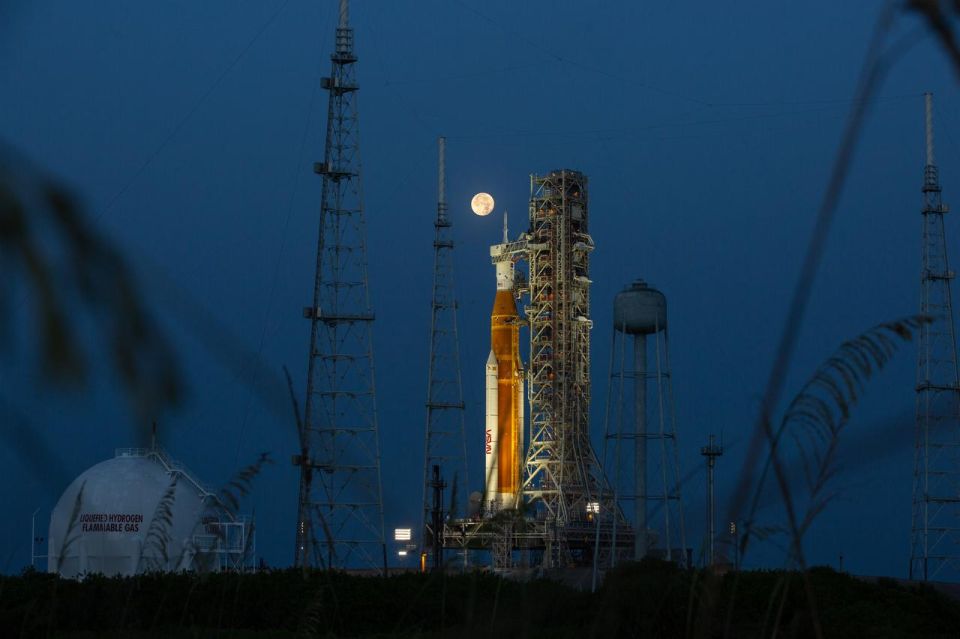NASA made a big announcement Wednesday when it set a launch date for its big new Orion rocket that will eventually take humans to the moon. This first Artemis 1 mission will be a test mission with no one on board. NASA made the announcement on the anniversary of the historic Apollo 11 mission to the Moon , the first time three astronauts set foot on the surface of our natural satellite.
#OTD 53 years ago, #Apollo11 astronauts Neil Armstrong, Michael Collins, and Buzz Aldrin made history.
We honor their legacy as we prepare to embark on #Artemis missions to the Moon — this time for long-term research in lunar orbit and on the surface. #InternationalMoonDay pic.twitter.com/SDZ26O4uZT
— NASA Artemis (@NASAArtemis) July 20, 2022
The big rocket for the Artemis I mission may launch on its journey to the moon on Aug. 29, Sept. 2 or Sept. 5 , said Jim Free, associate administrator for the Exploration Systems Development Mission Directorate at NASA, during a press conference on Wednesday. The uncrewed Artemis I will launch on a mission that will go beyond the Moon and back to Earth, according to CNN.
This mission will kick off NASA’s Artemis program, which aims to land humans on the Moon and bring the first woman and first person of color to the lunar surface by 2025. The launch window will open at 8:33 am ET on August 29. If Artemis I launches then, the mission would last 42 days, returning to Earth on October 10.
The September 2 launch window opens at 12:48 p.m. ET and lasts two hours and would result in a return on October 11, and the September 5 window opens at 5:12 p.m. ET and lasts 90 minutes, resulting in a comeback on October 17.
The Artemis team reached this date after successfully completing a crucial final test called a wet dress rehearsal for the Space Launch System rocket and Orion spacecraft on June 20 . The test simulated each stage of the launch without the rocket leaving the launch pad at the Kennedy Space Center in Florida.
A crucial test flight
The Artemis I mission is an uncrewed test flight with a number of goals, including testing how Orion’s heat shield withstands the high speed and heat the spacecraft will encounter when it re-enters Earth’s atmosphere, after returning from the Moon. It will travel at about 24,500 miles per hour (39,429 kilometers per hour) and experience temperatures half as hot as the sun outside the heat shield, according to Mike Sarafin, director of the Artemis mission. This will be much hotter and faster when the spacecraft returns from low Earth orbit.
Other goals include demonstrating rocket and spacecraft operations and flight modes before manned missions, recovering Orion after it falls into the ocean and completing the mission as planned, Sarafin said. The team is prepared to adapt along the way to any challenge, and some goals may change as a result, he said.

